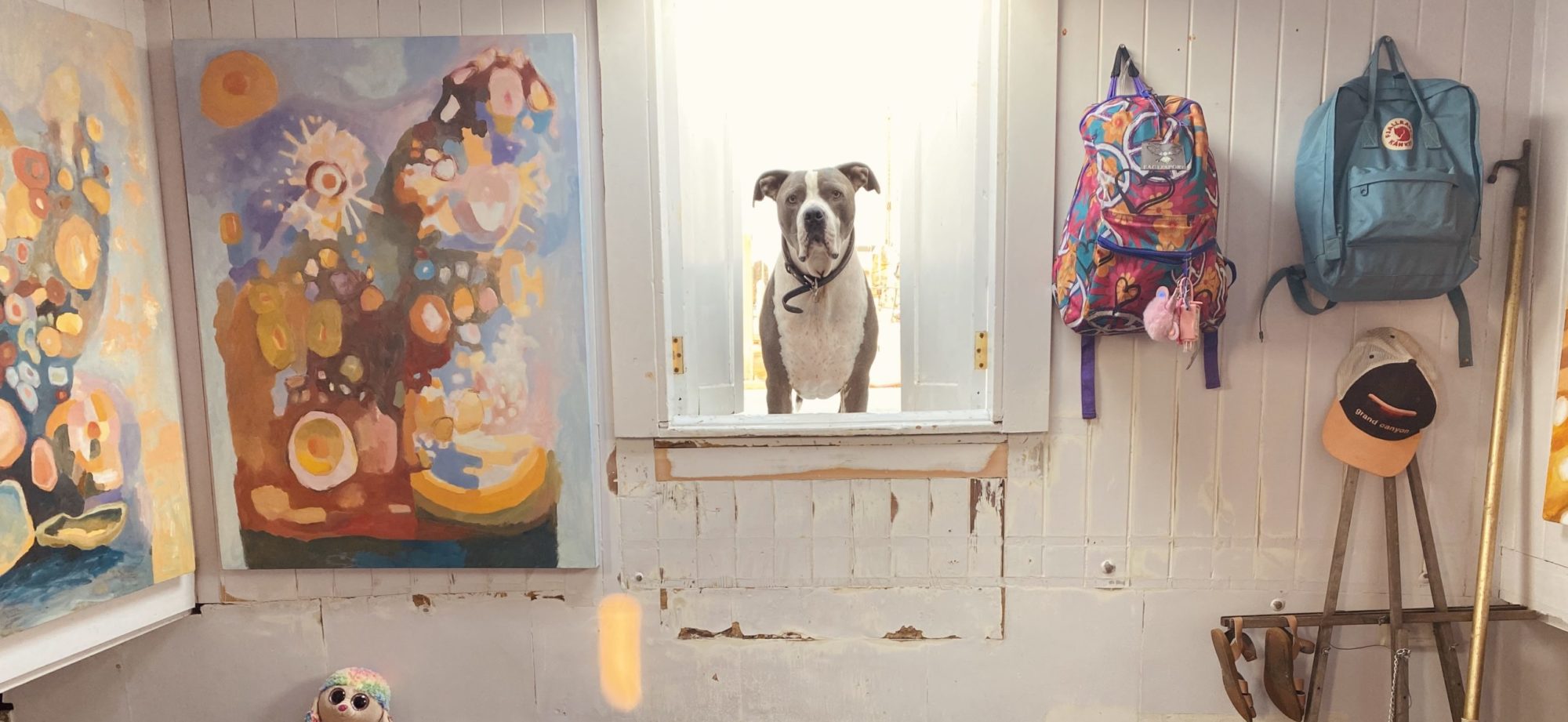You are looking at a gardener’s gold mine; a stockpile of fallen leaves and recycled cardboard boxes, all flattened down and ready for work. I’m building more garden beds right now without building the heavy-duty raised beds; this time I’m creating a lasagna garden or a sheet mulched garden. It’s great because this doesn’t require anything I have to go out and buy and certainly doesn’t require of me any more back-breaking carpentry work (since I’ll be making another chicken tractor this weekend). Somebody please stop me with the chicken nonsense.
The whole idea behind the raised beds that I built earlier was to keep the gophers at bay, who have menaced me from the beginning in this garden, but it seems that Seti and the cats have gained the upperhand on the gophers. Nearly every morning I see a kitten batting a gopher around on the patio, so I’ve determined that quite possibly the gophers are either on retreat or in fewer numbers now.

You can build some fast garden beds using the permaculture technique of sheet mulching to build up a simple, low-maintenance, no-dig garden bed, an instant garden of sorts. It gets you going immediately. And I need that. Sheet mulching suppresses weeds and grasses and dandelions and EVEN OXALIS. You can build sheet mulched beds atop any kind of soil, except for that concrete-looking, leached-out, rock-hard soil that I’ve got going out back. (In my case, I’m building up off the ground and carting in more earth and compost to fill it. The rest of the process is identical for everyone.)
Here’s how you do it:
Start with an area of 4 square meters, and build out as time and materials allow.
You’ll need:
- 1. a concentrated compost layer (this is for the worms): enriched compost, poultry or stock manure, worm castings or the like. For my first bed I simply removed the chicken tractor from where it was sitting and left all the manure in its place.
- 2. a weed barrier: 4-6 sheet layers of newspaper, cardboard, burlap bags, old carpet, worn-out jeans, whatever you can find along these lines. Place this atop the concentrated compost layer.
- 3. a compost layer: Well conditioned compost, grass clippings, seaweed and leaves are ideal materials to spread over the weed barrier. It must be weed free, and it should add up to about 3 inches tall, fairly compacted, atop the weed barrier.
- 4. a top layer: leaves, twigs and small branches, fern fronds, straw, wood chips, wood shavings, sawdust, bark, etc. 3-5 inches deep. These will inhibit moisture loss and slowly decompose over time, much like leaf litter on the forest floor.
- 5. your plants! Now you can make some holes in the top layer and insert into those spaces some plants–but the trick is to plant them close together rather than too far apart.
Here’s a visual aid for the visual learners like myself from The Humanity Development Library:
And here’s a quick video by the father of Permaculture himself, Bill Mollison, as explains the mechanism of sheet mulching while planting a lazy gardener’s potato patch:
It really couldn’t get any easier to start another garden bed. The hard part is maintaining what you’ve planted while allowing your chickens to range. I’d like to see someone’s clever assortment of chickenproofing strategies in the garden. Until then, be prepared to see some jerry-rigged aviary netting and the like in my garden, because that’s how I roll.
Who else besides me is still trying to make room for more summer/ fall vegetables?














